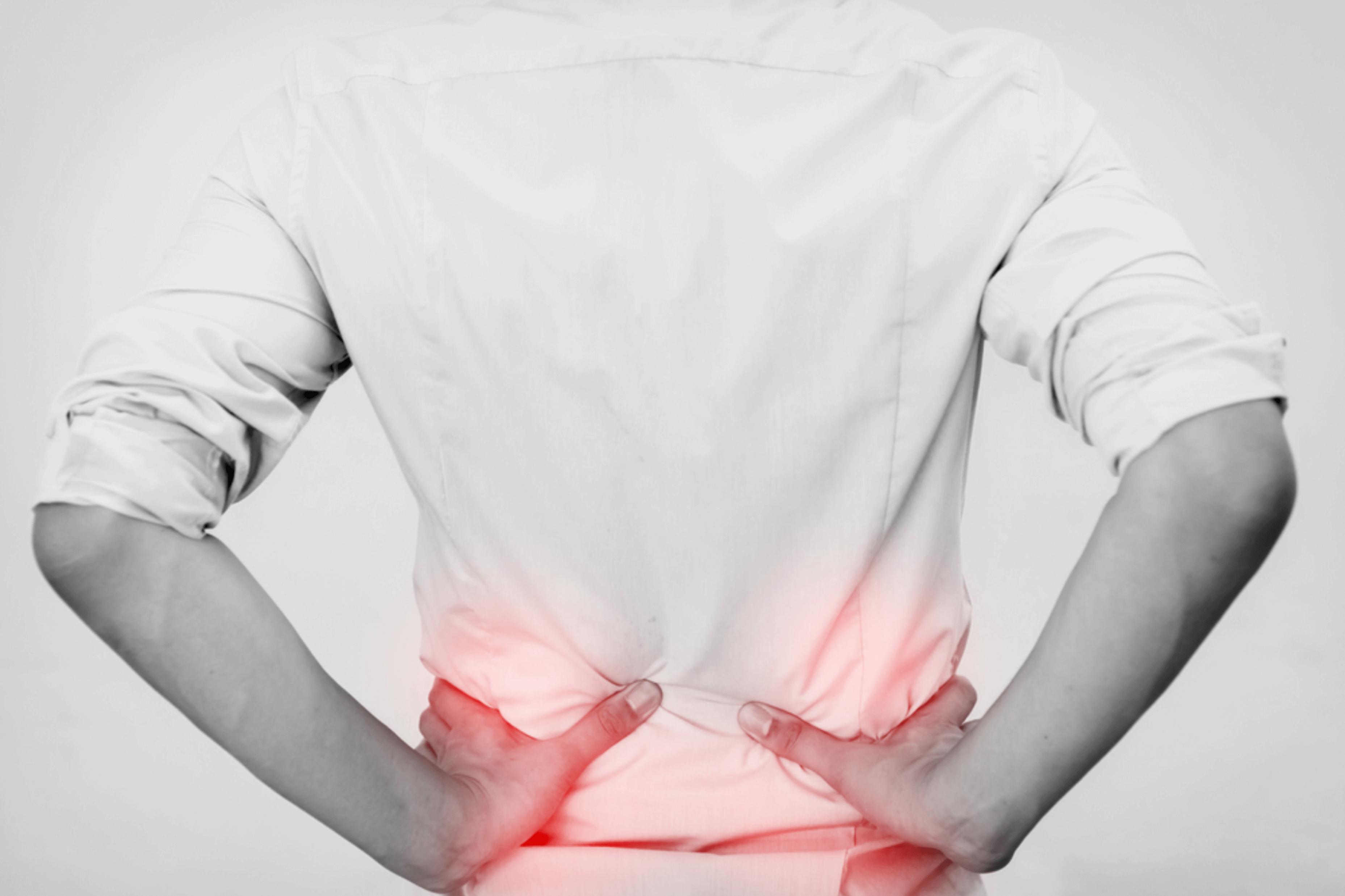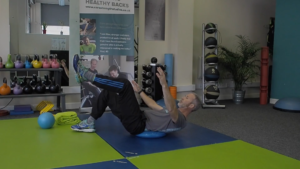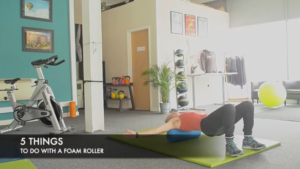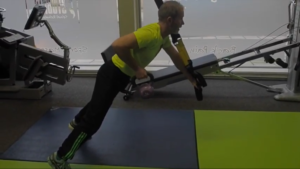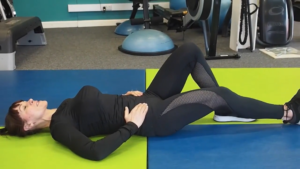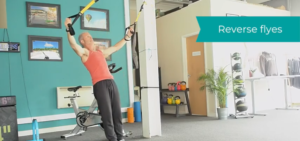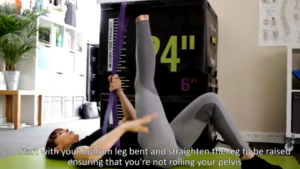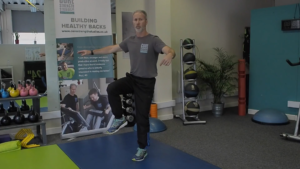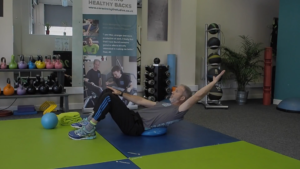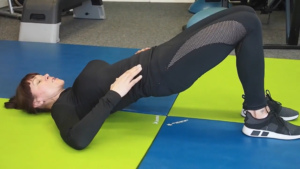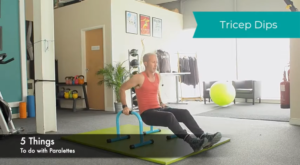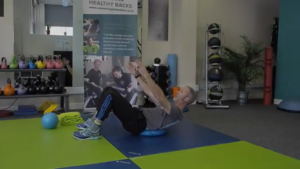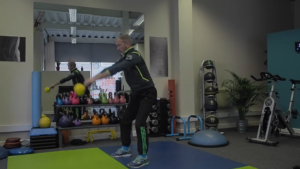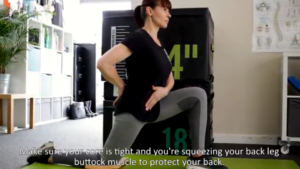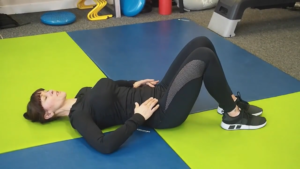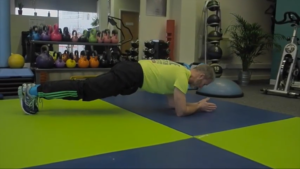Our body is designed to move. Sitting down all day can have a detrimental effect on your back, neck and muscles.
Unfortunately, though – as desk-workers will testify – sometimes circumstances dictate how much you sit during the day and it’s not always possible to spend the day on the move.
There are some simple strategies you can put in place which, if you need to spend a large part of your day seated, can help alleviate the onset of posture-related pain.
1. Move
Sitting puts more pressure on your spine than standing. This leads to compression of your discs, a reduction in their absorption of nutrients and an increased risk of herniation (or ‘slipped’ discs)
Studies show that adjusting your position just every 15-30 minutes can prevent changes to your discs and the amount of time you spend seated uninterrupted is just as important as the total number of hours seated in a day when it comes to increasing your risk of back pain.
Getting up and moving every half an hour will help reduce your risk of back pain by:
The movement in your spine keeping your discs healthy
Activating your core muscles, which lay dormant in a seated position, and weaken over time. This leaves your spine less supported and more vulnerable to pain and injury
Lessening the risk of prolonged contractions of the muscles (when you maintain an unnatural position) which can pinch your nerves
2. Stretch
In a seated position, your psoas (at the front of your hips, left) and hamstring (at the back of your thighs, right) muscles are in a shortened state for a prolonged period of time. As they attach to your pelvis and spine, in time, the position of your pelvis and back can change as they pull it in a different direction, and this, in turn, can create pain and instability.
If you spend more than a few hours of your day sitting down, stretch your hip flexors and hamstrings daily (below) to prevent long-term shortening of the muscles.

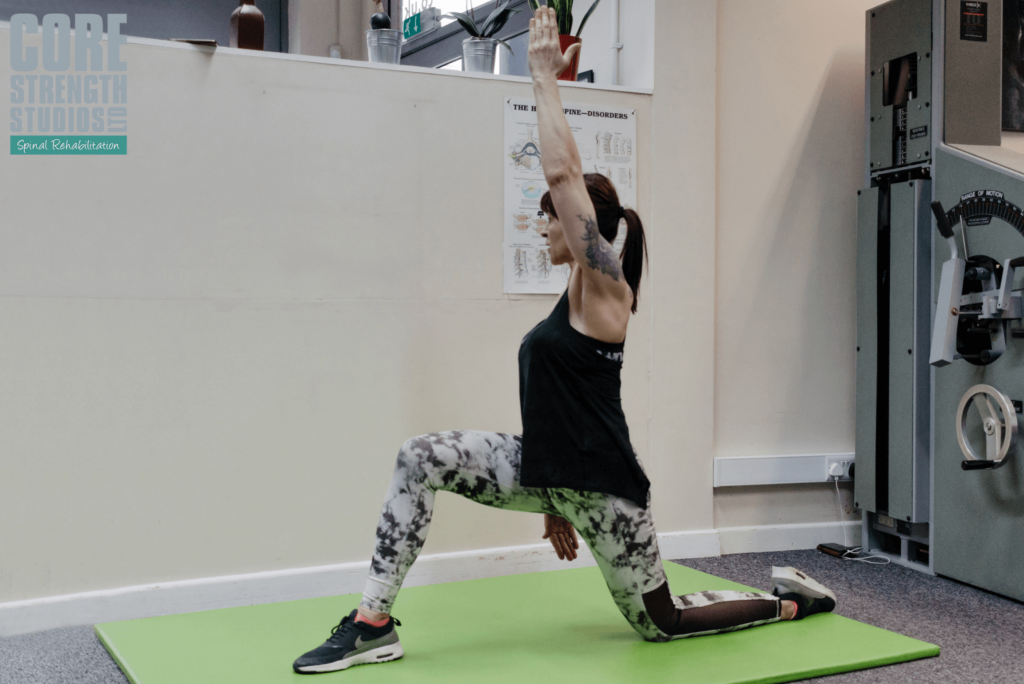
3. Work on Your Strength
When you stand and move around, your muscles are activated and working to keep you upright.
When you’re sat for a lengthy period, however, the muscles of your core and glutes (bottom) are inactive. Over time, this can lead to a weakening of the muscles which are then not strong enough to support your body and help you move as you should.
You can alleviate this by not only moving more during your working day but by incorporating strength training into your weekly routine.
Once you know how to activate your core, you can integrate core work into your daily functional activity, activating as you do things like lifting the kettle, pick up shopping bags and open doors.
4. Optimise the Position of Your Workstation
Your chair
- Your thighs should be at right angles to your body or sloping slightly down
- Your feet should be flat on the floor, use a footrest if you need to
Your Keyboard
- Forearms and wrists should be straight and level with the floor
- Tuck your elbows into the side of your body with an ‘L’ shape at the joint
Your Screen
- Position your screen at arms-length away
- The top of your screen should be at eye-level
Now you’ve read about it, it’s time to put it into action!
featured
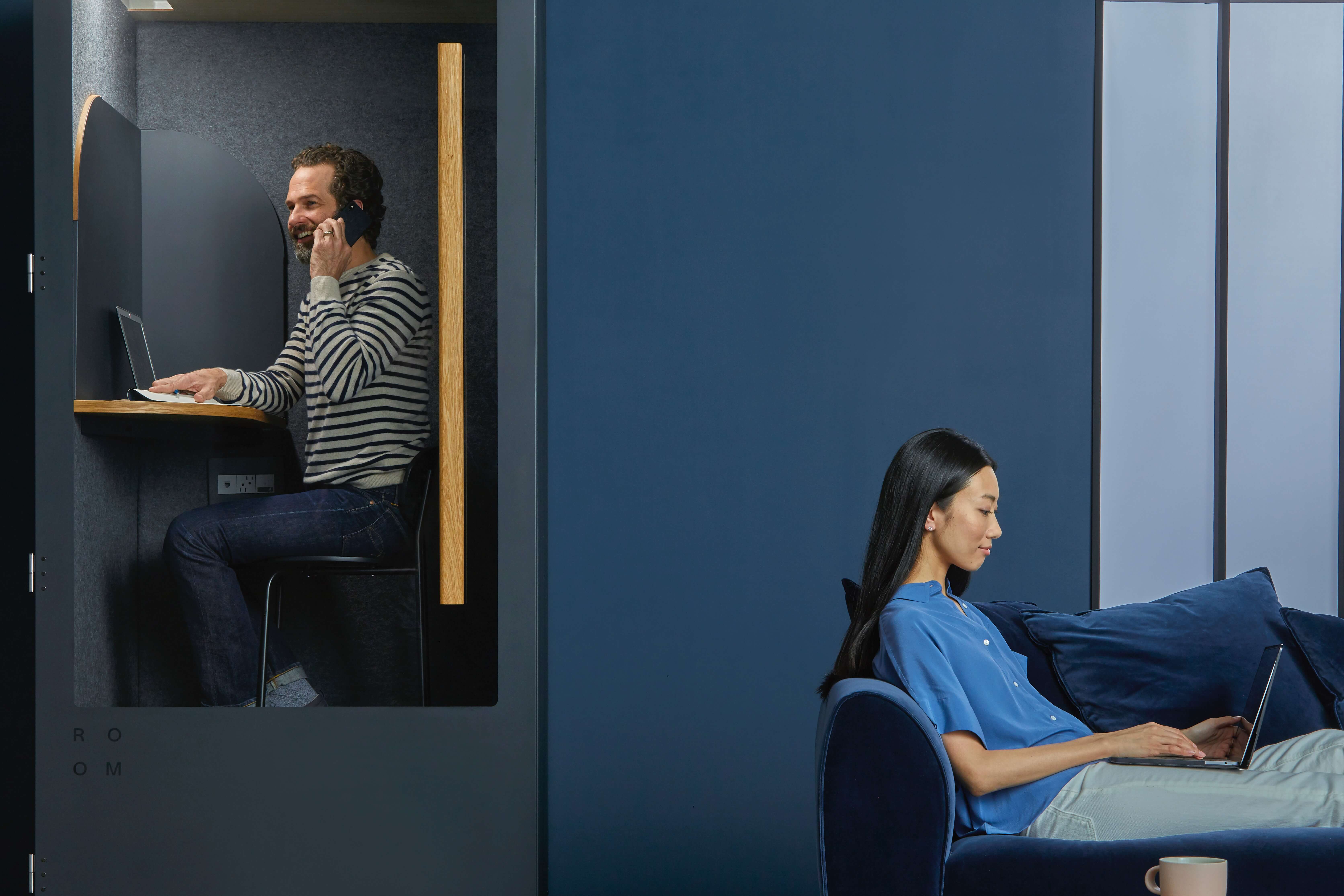
4 SIMPLE Ways to Prevent Back Pain at Work NOW
With 49% of us suffering from back pain at some point in our lives, and a whopping 2.9 million days being lost due to work-related back disorders on 2014/15 (source), it’s time to take action against back pain at work and arm ourselves with the tools to prevent the onset of attacks. With back pain ...
Reading Time: 2 minutes >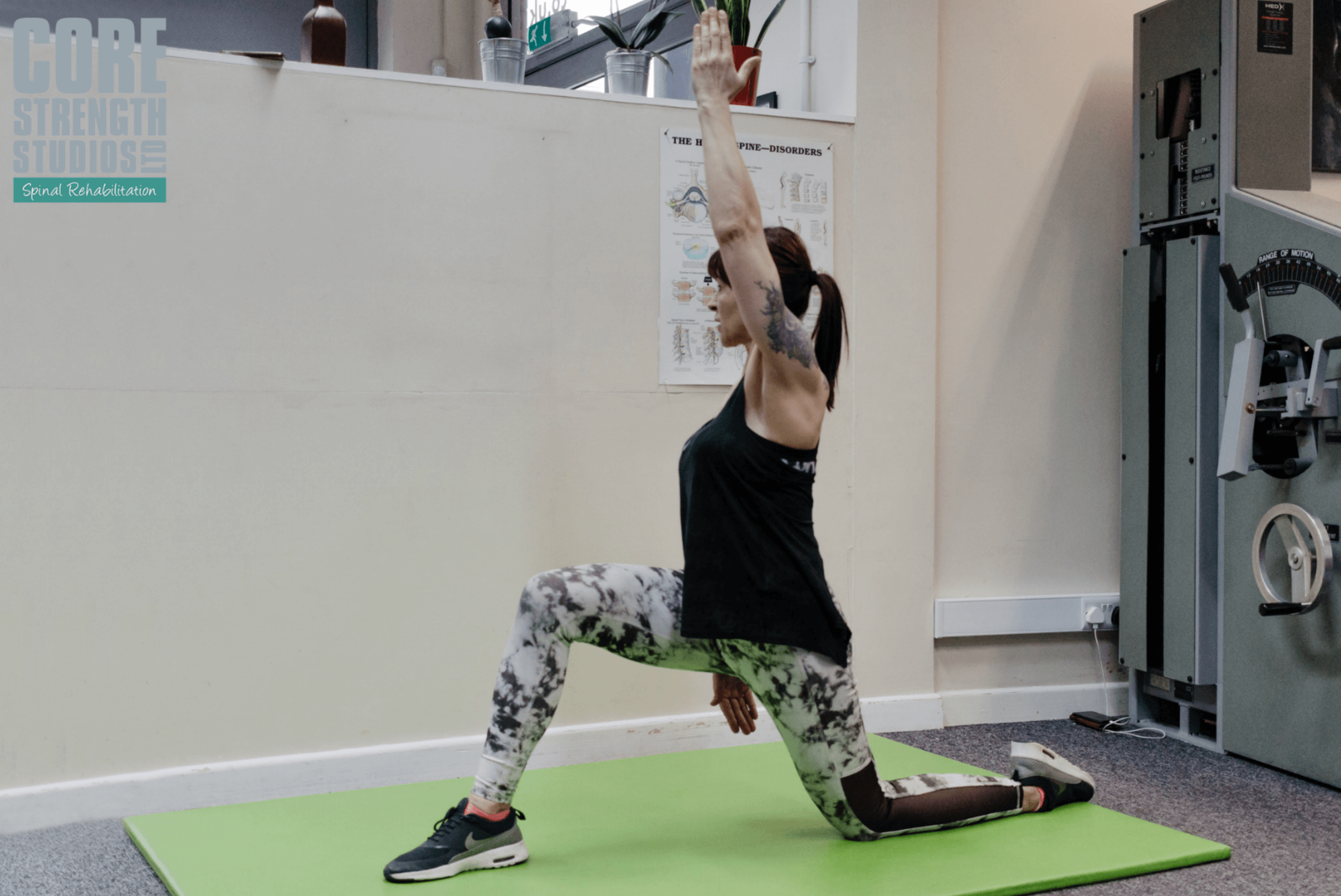
3 Simple Stretches for Back Pain
If you’ve ever had back pain, you may be familiar with that ‘rusty hinge’ feeling. You know when you feel as if your muscles are conspiring against you to stiffen you up and not let you bend Further than a few degrees? Or when the thought of being stretched on one of those medieval racks becomes ...
Reading Time: 2 minutes >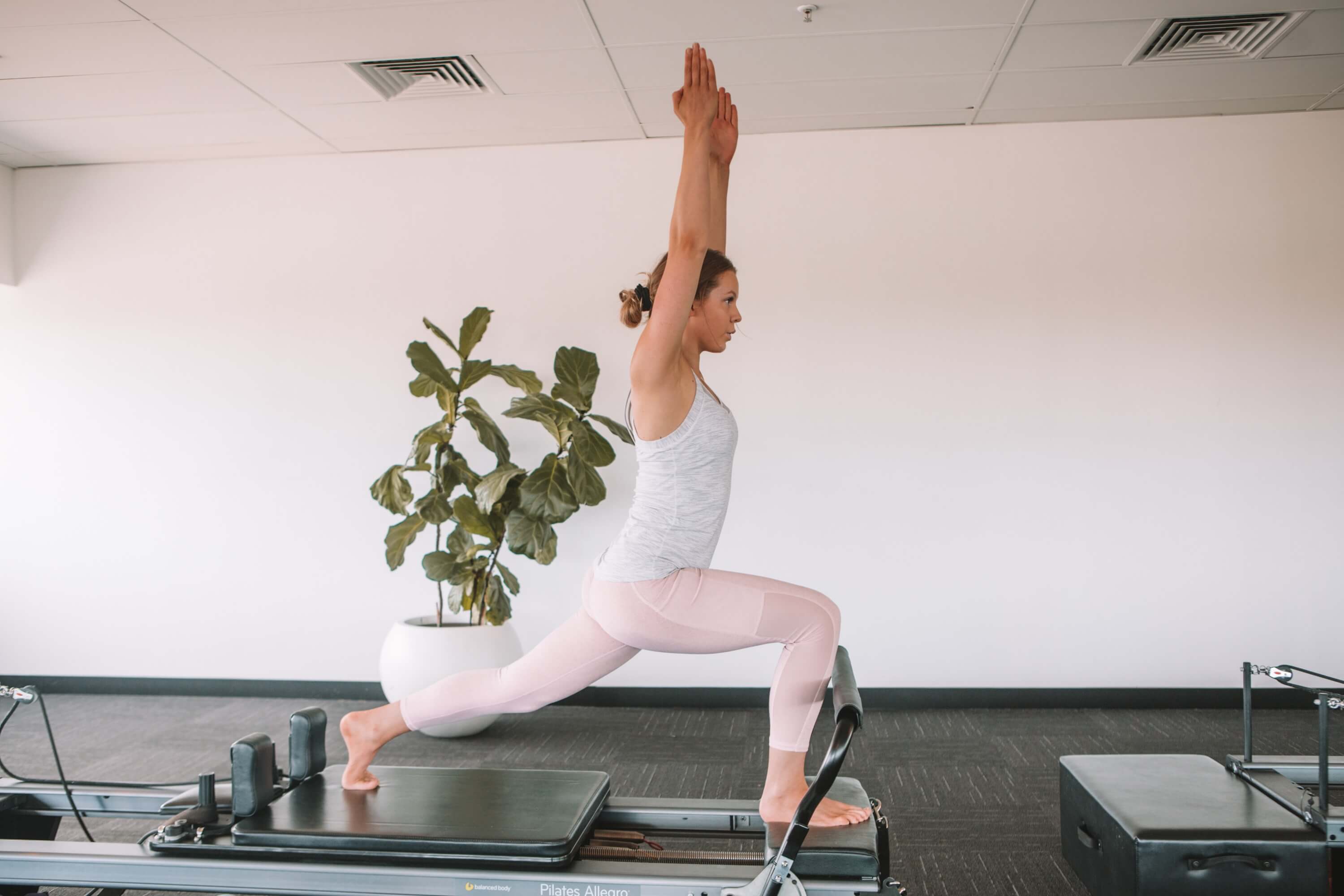
How to: Psoas Stretch for Back Pain
If you spend long periods of time with your legs flexed at the hip (such as when sitting or cycling) and are experiencing stiffness or aching in your back, there is a chance that a tightening of your Psoas muscle (right) could be a contributing factor. The muscle attaches the leg to the back and ...
Reading Time: < 1 minute >
